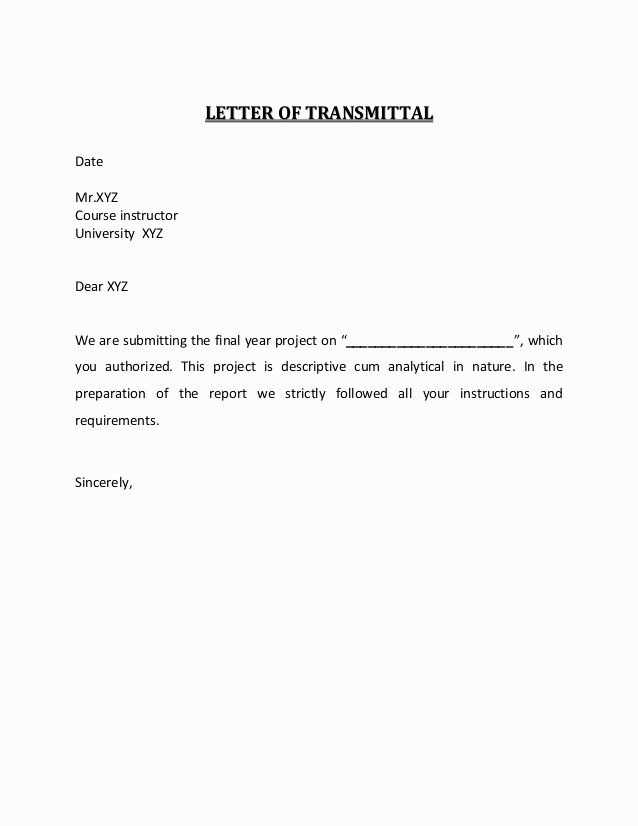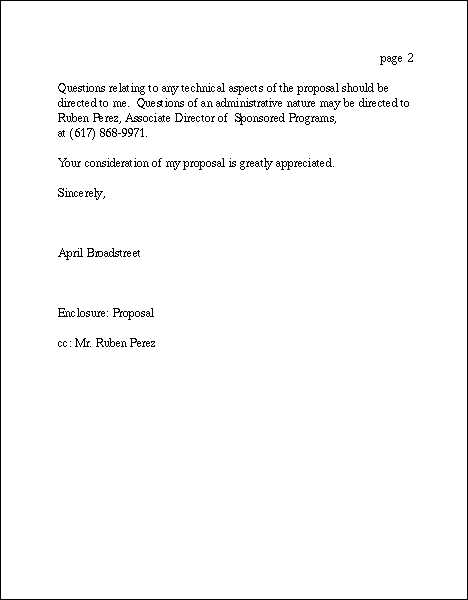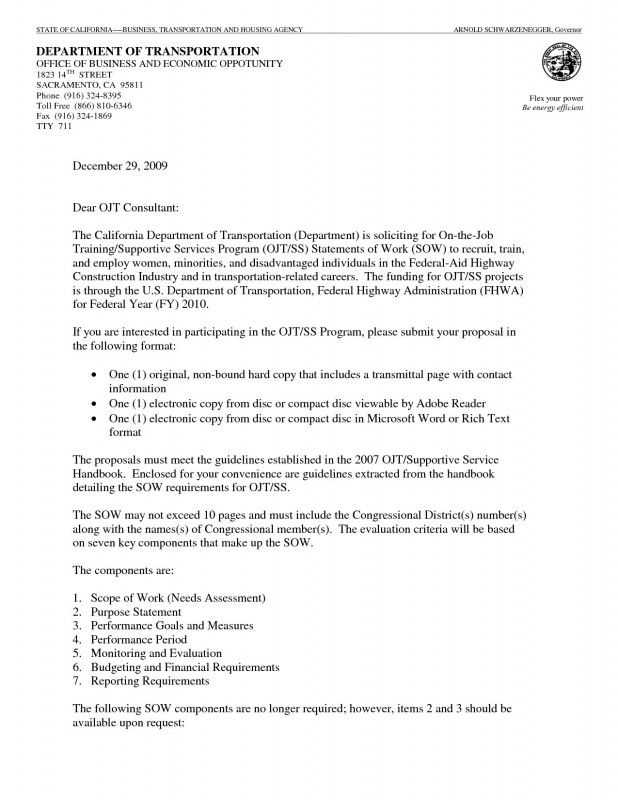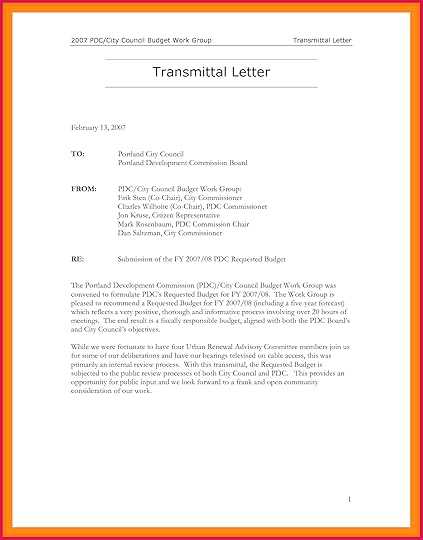Proposal Transmittal Letter Template for Business Proposals

When submitting a business proposal, clear and professional communication is crucial to ensure the recipient understands the purpose of the document and its context. Crafting an introductory message to accompany your main document plays a key role in setting the tone and providing important context. This type of communication allows for a smooth transition, ensuring all involved parties are well-informed and on the same page.
Essential Components of an Introduction

An introduction accompanying your main proposal should be concise yet informative. It serves as a brief summary, guiding the reader through the proposal’s content and highlighting its key points. The following components are typically included:
- Recipient’s details: Begin by addressing the recipient appropriately, ensuring the communication is personalized.
- Purpose of the document: Clearly explain the intention behind submitting the document, outlining what the proposal seeks to achieve.
- Overview of contents: Provide a brief summary of the contents, highlighting significant sections or points to look for.
Tips for Structuring Your Message
Organizing your message is as important as the content itself. A well-structured communication ensures clarity and reduces the chances of misunderstandings. Here are some useful tips:
- Be concise: Keep your message to the point. Avoid unnecessary details and focus on the core information.
- Maintain a professional tone: Use formal language and refrain from casual phrasing, ensuring the recipient perceives the communication as business-like and respectful.
- Double-check for errors: Before sending, review the content for grammatical or typographical mistakes to maintain professionalism.
Customizing Your Communication for Specific Recipients
Each recipient may require a slightly different approach. Customizing your message according to the person or organization you are communicating with can make a significant difference. Tailor your tone and level of detail based on factors such as:
- Recipient’s position: A message directed at a senior executive might be more formal than one addressed to a peer or colleague.
- Familiarity with the subject: If the recipient is already familiar with the details of your proposal, your introduction may be more concise.
- Specific interests: Highlight aspects of the proposal that align with the recipient’s known interests or business priorities.
By taking the time to craft a thoughtful and well-structured introduction, you can ensure that your submission is well-received and understood, setting the stage for further discussion and eventual collaboration.
Why a Formal Submission Document is Crucial

When sending important business materials, it’s essential to accompany them with a clear and concise introductory message. This initial communication ensures that the recipient understands the purpose and context of the attached proposal, creating a professional first impression and enhancing the chances of a positive response. Properly crafted communication sets the tone for the document and fosters trust between parties.
Key Components to Include in Your Submission

A strong introductory message should include several critical elements to ensure clarity and professionalism:
- Address and Salutation: Always personalize the message by addressing the recipient correctly, using their name or position where applicable.
- Purpose Statement: Briefly state the intent of the submission and provide a clear reason for sending the document.
- Document Summary: Offer a short overview of what the recipient can expect to find in the attached materials, highlighting key points.
- Next Steps or Action Items: Indicate any follow-up actions expected or provide details on what should be done with the materials provided.
How to Format the Communication Professionally
Proper formatting is essential to maintaining professionalism and ensuring that the recipient can quickly grasp the purpose of the message. Start by using a formal tone, keeping the structure clear and easy to follow. Avoid excessive details or overly complex language, focusing on clarity and simplicity. Additionally, be sure to proofread the message before sending to eliminate errors.
Common Mistakes to Avoid
To ensure the communication is effective, avoid common pitfalls that can undermine the professionalism of the submission:
- Overloading with Details: Providing too much information in the introduction can overwhelm the recipient. Stick to the essentials.
- Unclear Language: Using ambiguous or overly technical terms can lead to misunderstandings. Keep the language simple and straightforward.
- Neglecting Proper Addressing: Failing to address the recipient by name or title can come across as impersonal and careless.
By following best practices for professional communication, you ensure that your materials are well-received and that the recipient has a clear understanding of the purpose and importance of the document. Tailoring the message to the recipient’s needs and expectations increases the likelihood of a positive and timely response.